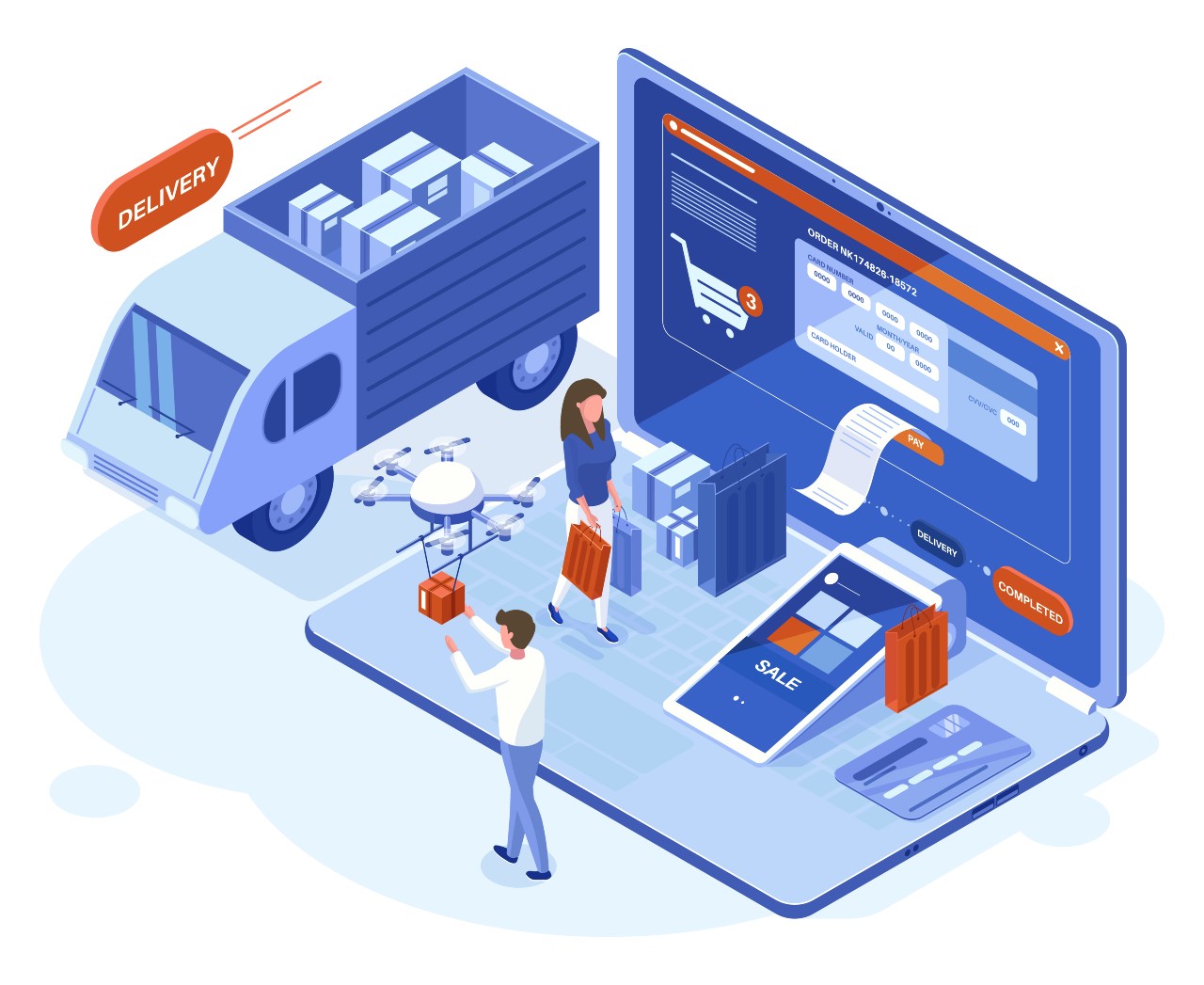Route to Market (RTM) strategy is a core part of CPG companies’ success. Find out how you can take the maximum advantage of AI-forward techniques and technologies to supercharge your RTMs.
In the CPG world, Route to Market strategies have always been fascinating, in part because they have to keep changing to adapt to new consumer buying habits. Now we’re all used to buying things easily and, in many cases, instantly, thanks to online shopping. And while the marketing branch of CPG companies has happily jumped on the digital bandwagon, RTM has been a bit trickier to solve.
There are several reasons for this, including the cost of RTM strategies in new markets, the growth and complexity of omnichannel, and a lack of data-driven visibility into the ecosystem. So, how can we turn this around? How can we use technology to build a more dynamic Route to Market?
5 Ways to Enhance RTM Using Data and Technology
Just as there are many factors in planning a good route to market, there are many ways you can use technology (especially AI) to enhance your RTM strategy.
- Embrace Gamification Principles in Employee Training: We use gamification to promote users’ engagement and encourage desired behaviors in many settings, e.g., think of an online training course that uses points, levels, and badges to motivate students to keep learning. In an RTM strategy, we can use elements of gamification in much the same way in the training and everyday performance of customer-facing teams. In a successful strategy, this will help the employees develop more effective behaviors.
Does it work? Yes. One leading CPG company harvested a 5% incremental yield by deploying a new RTM strategy that used gamified training on various touchpoints.
- Use AI to Integrate and Track Goods and Chains: Connecting your value chain – i.e., using a platform that connects to the supply process on one end and the pricing and revenue information on the other – is imperative if you want to gain holistic insights into what’s going on. At a minimum, relies on AI to handle and analyze the data and deliver said insights.
In a related note, tracking is also important. Having a platform that can track the movement of goods throughout their entire journey – from raw materials arriving in to supply chain right up until they are shipped to the retailer or consumer – can provide more information about your business and market conditions. This can help you develop more sustainable strategies and deliver better business results.
Does it work? An Asian CPG company has used digital image recognition to help monitor warehouse stock. This not only provides insight and recommendations to the warehouse, it also helps the RGM team better manage promotions in low-stock situations.
- Get Onboard with Dynamic Routing: The connected platform described above can be further extended to help save costs via dynamic routing. Instead of depending on set patterns, dynamic routing lets you adapt to a more flexible approach that takes into consideration consumer needs and current circumstances. This can result in saving money with improved fleet utilization, reduced mileage and employee hours, and better delivery scheduling.
Does it work? A CPG company in the Philippines reduced their fuel spend and operational cost by 10 percent while simultaneously improving their delivery and warehouse performance. Visibility into planning and forecasting benefitted, too.
- Crowdsource Your Insights: Thanks to social media, it feels like we’re all tapped into a never-ending stream of information. For businesses, this can become a steady stream of data. Crowdsourcing some aspects of your customer research can help you understand what your target audience wants in terms of offers, support, service, and products or features. This information can be used to shape your RTM and other strategies.
Does it work? Using a combination of uploaded receipts and location data, an African CPG leader leveraged this information to understand customer preferences. This information influenced their routing plans and resulted in cost savings and incremental sales.
- Double Down on Customer Relationships: Don’t lose track of the customer amidst all this digital strategy. Your business needs strong customer relationships to survive, and this means understanding and supporting your customers. You’ll need to become an expert on the customer journey and know where any friction arises. Data and AI can help you manage the complexity involved in this step.
The Sixth Step: Organizational Factors Behind RTM Success
Wait, didn’t we say there were six steps to RTM success? Yes, indeed. The sixth step is all about organizational factors, including:
- Leadership support: Because RTM can span various many areas, it’s important to get support from leaders. This helps keep the various teams in sync and motivates them to adopt a new strategy (and possibly new technologies and tools, as well).
- Agility: In today’s business climate, flexibility, and a willingness to adapt to change is crucial. Companies that can quickly grasp what customers want and adjust to new conditions will be better placed to succeed.
- Cross-collaboration: Call it teamwork, change management, or anything else, but getting everyone on board with the new RTM strategy is also essential. This means not just leadership and management, but sales reps, customer service professionals, and others.
In today’s economic climate, the Route to Market is both more complicated and more important than ever. There’s no room for CPG companies to stand still and rely on the old formulas. They need to leverage data, AI, and organizational agility if they want to succeed in this quickly evolving market.
Authored by: Dr. Sudeep Haldar, SVP Growth Analytics and AI Solutions at Absolutdata, an Infogain Company
Related Absolutdata products and services:Analytics, Data Science & AI, NAVIK AI Platform, Marketing Analytics, NAVIK Marketing AI, NAVIK Technology AI, NAVIK Operations AI, Customer Analytics































